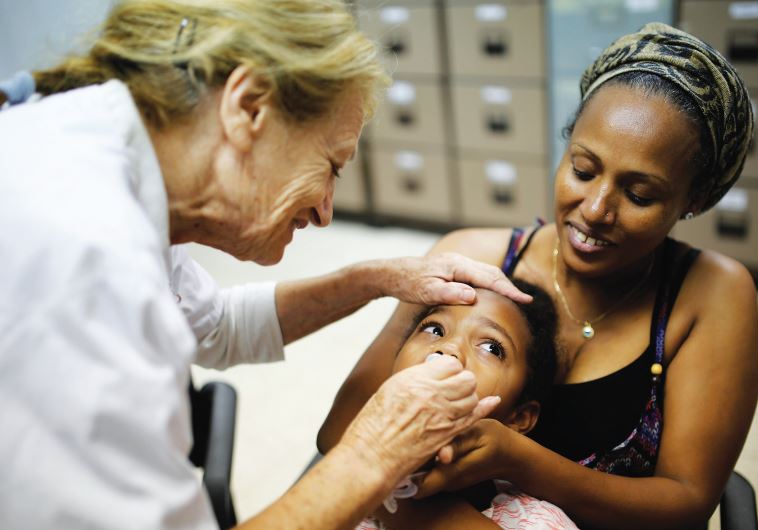BGU researchers develop better model to detect and control polio outbreaks
There are still three countries in the world that have not eradicated polio and large numbers of the population are not vaccinated against it.
 AN ISRAELI CHILD receives the polio vaccine in 2013Updated:
AN ISRAELI CHILD receives the polio vaccine in 2013Updated: